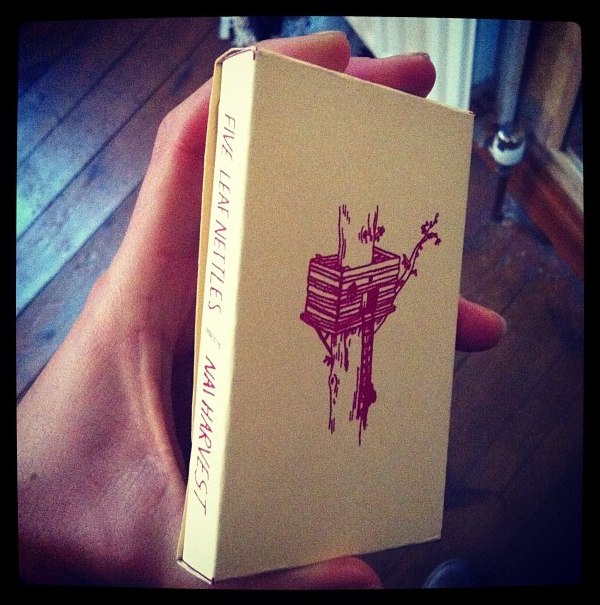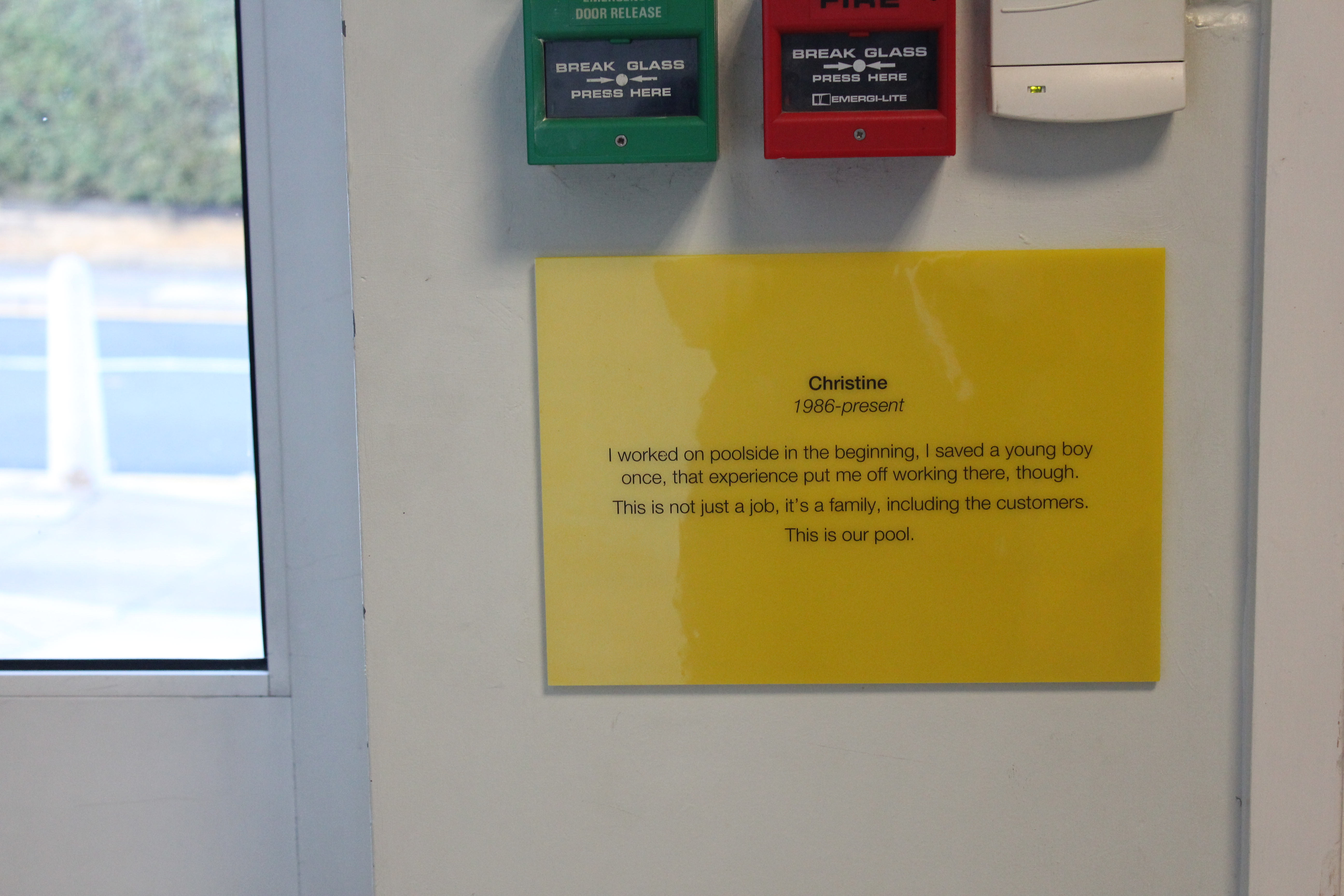
Although I do sometimes post about music on here (my traditional Music Wot I Liked This Year post is coming soon, fear (not)), I’ve not really put stuff on here very often, I recommend lots on more stream-based platforms, but it just didn’t seem like the right place for it here. And anyway, who am I to talk about something that I don’t/can’t make? How could I possibly have an informed opinion on it? Or so my thoughts ran, until recently, the past year or so I’ve been really really getting into music, way deeper than before. A combination of bandcamp, as both discovery mechanism and pwyc pricing, and buying a RECORD PLAYER (I also got my ‘I’m a dick who covets obselete formats’ card at the same time) has meant a different, deeper, and much more varied listening. I started following zines, going to way more gigs, and then when the brilliant UK emo folk at Zine & Not Heard put out a call for reviewers, I nervously shuffled forward. One of those thing I do, sometimes. Don’t know why. ‘Yeah I’ll jump off a 5m diving board for the first time in front of a photographer from a local newspaper‘, ‘yeah I’ll put on a semi-regular night of performance and compere, market, promote, tech and fund it‘, that kind of thing.
However I was really properly nervous about writing about music, for several reasons: I am confidently able to say I am ZERO musical and because I don’t make, I don’t feel like I can listen ‘properly’ and use all the right language to describe stuff; because this level of music ‘scene’ is around about ‘stamp collector’ or ‘birder’ levels of intricate specialist knowledge and I have little memory for names of stuff (I describe all albums/books as ‘you know, it’s petrol blue and it’s got that big sort of slightly dystopian skyscraper thing on the front sort of like the future from the early 00s’*); and finally, because I am a girl, and as XKCD illustrates when you do stuff ‘not typical girl’ and are seen to fail, you are evidence of the lack of capability of ALL GIRLS. Who wants to bear that?
But then I tend to try and do the things that scare me. That’s what makes fear useful, I think, being able to identify what’s at stake, and if it’s worth sticking it out.
So I did start writing for Zine & Not Heard. I’ve done four reviews so far, for Innards, the new We Were Skeletons, Carson Well’s Wonderkid, and the forthcoming EP from Moose Blood. And I found a way of doing it. A way of using words (that I do know how to use) to talk about the stuff I don’t. I dunno if people can tell it feels different for me… I particularly really struggle with the FFO bit – not remembering names thing kills me there. And I worry I don’t know enough other bands to be less than predictable in that bit… but then I had a mini epiphany, and I decided to think about it in the way I learnt to think about academia – sure I don’t know all the books you’ve read, but I know all the ones I have, and it’s likely you’ve not read all of them too – this begins to get interesting, begins to be a culture, an art when we bring them together. And when I stopped worrying about that, and started to listen to the music to write about in a way that was from me, I started to really really enjoy it. It’s a properly rewarding way of listening, like from a different direction than I’m used to. Like a way, in fact, I think I’m used to looking at a piece of theatre, suddenly the music felt much more visual, I saw patterns, I heard words, I saw the layers pull out in front of me. I probably miss lots. I probably dwell on the lyrics too much. I’ve got lots to learn (always, always) and it does make me anxious, but in a really rewarding kind of way. So that’s a thing that I’m doing at the moment.
So, yeah, if you’re interesting in reading what I write over there, head here. But read the other stuff too. They’re all good.
*points for naming the album. The first band I saw live, in fact.

